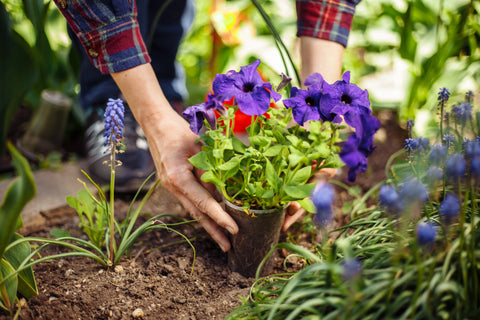Why Grow Super Blue Agave Americana?
Super Blue Agave Americana is celebrated for several reasons:
1. It has striking foliage that creates a dramatic effect on any landscape.
2. This plant is adapted to harsh conditions and requires less maintenance.
3. It produces agave nectar and tequila, adding possible commercial value.
Optimal Growing Conditions
To grow Super Blue Agave Americana successfully, it’s essential to replicate its native environment as closely as possible.
1. Climate Requirements
Agaves, which hail from desolate or semi-desolate zones worldwide, flourish in a hot climate. They are almost obnoxious in humidity and withstand some drought occasionally here, but long exposure to freezing temperatures will injure their leaves and roots, so they do best in USDA hardiness zones 8 to 11.
2. Soil Needs
Agaves prefer well-draining, sandy, or rocky soils to prevent root rot from moisture. To enhance aeration and drainage, soil can be amended with sand, perlite, or gravel. A cactus mix works well for potted agaves, and adding organic matter like compost can provide additional nutrients. It will preferably consume well-draining, sandy/rocky soil.
3. Sunlight
Agaves can tolerate shade but prefer full sun for optimal growth and development. In hot climates, ensure they receive at least six hours of direct sunlight daily. For younger or newly transplanted agaves, partial shade during the hottest day can help prevent sunburn.





